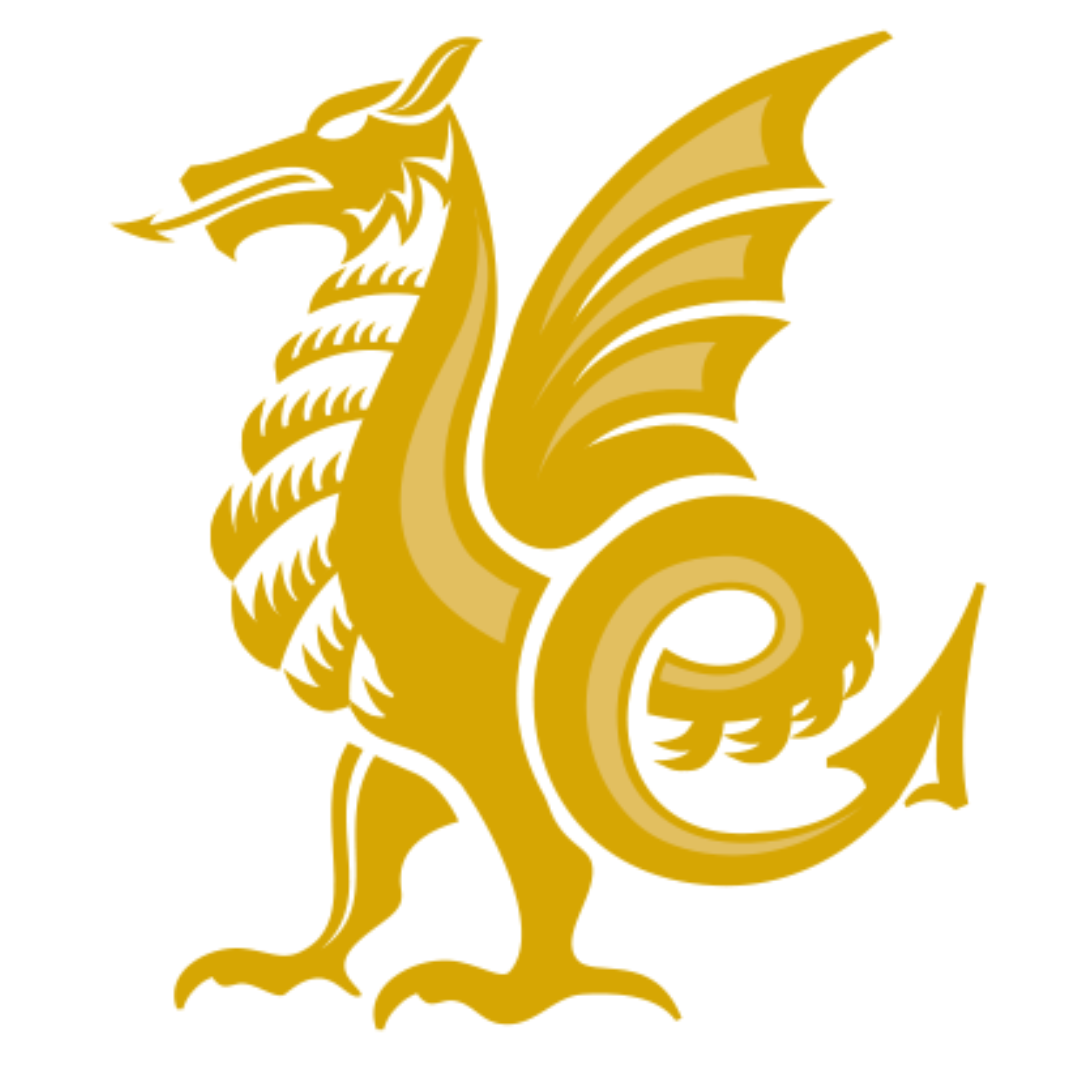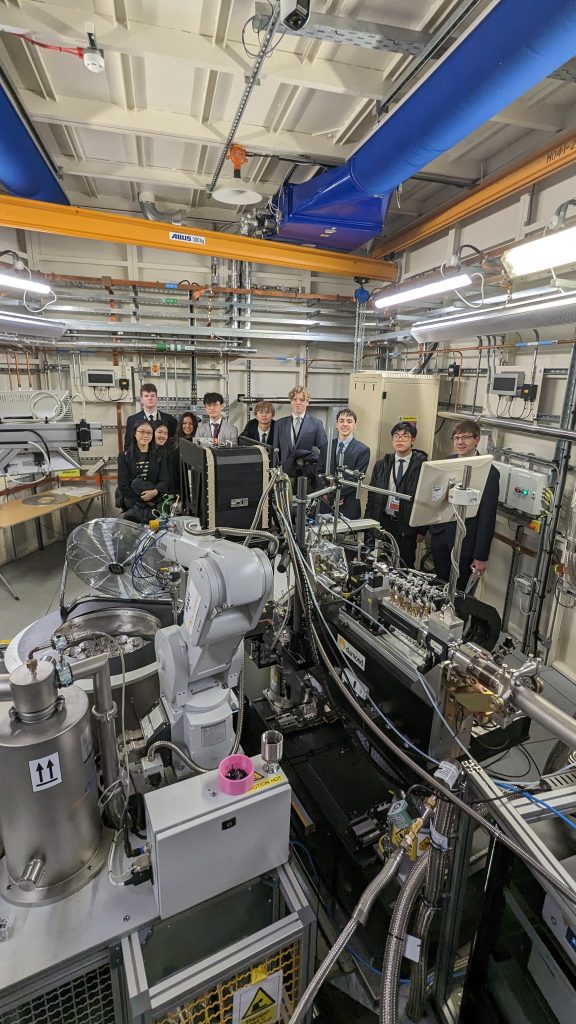On Tuesday, fifteen of our A-level science pupils went on an expedition to discover how a gigantic particle accelerator is being used to solve science, engineering and historical problems at one of the UK’s largest collaborative scientific projects, the Diamond Light Source (DLS) at the Harwell Science and Innovation Campus near Oxford.
Earlier in the year we were lucky enough to win a ballot for a place on one of the rare school tours of the DLS, which is not normally open to the public. We arrived refreshed at the DLS at 10 am for a fascinating talk about the project followed by a guided tour of the experiment by some of the scientists and engineers who work on the project.
The DLS is made up of three particle accelerators that accelerate electrons to near the speed of light (3GeV). These electrons are then made to change direction and wobble in a 500m holding ring that causes them to produce very intense (about 10 billion times more intense than the sun at the Earth’s surface) and controlled electromagnetic radiation. This radiation can then be used to study the molecular structure of matter. We were very lucky that the machine was going through a scheduled maintenance shut down which meant that although none of the experiments were running we could safely be taken to all areas of the machine.
We learnt about some of the engineering challenges in constructing and running the DLS, for example, the whole of the machine is suspended on air-cushioned stilts that are sunk 15m into the ground to prevent acoustic shocks and minute buckling caused by the water table going up and down with the seasons. We learnt details of some of the work DLS has done from helping solve the covid crisis by studying the structure of the virus and helping identify target sites that could be used by antivirals and vaccines, looking at how stresses in jet engine fan blades can cause engine failure, understanding how materials can be used to store radioactive waste for very long time periods and most importantly how the crystalline structure of Cadbury’s chocolate is formed. All in all, we had a very enlightening and inspiring experience that showed how science and engineering are being used to improve the human experience.






